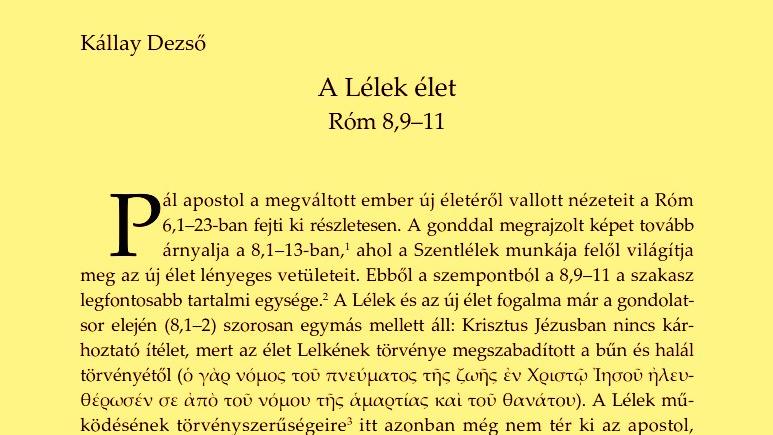Teológiai tanárok munkássága a Református Szemle tükrében a második bécsi döntést megelőzően és azt követően
A II. bécsi döntés kedvező fordulatot hozott az Észak-Erdélyben élő magyarság számára, ami megmutatkozott a tudományos életben is. Tanulmányunkban azt vizsgáljuk, hogy a teológiai tanárok munkásságára milyen hatással volt az anyaországhoz való visszatérés. A Református Szemle az erdélyi reformátusság egyik legjelentősebb sajtóorgánuma volt, így tanulmányunkban az ott megjelent írásokat tesszük vizsgálat tárgyává. A Református Szemle folyóiratban azokat a cikkeket vizsgáltuk, amelyek vezércikként vagy tanulmányként jelentek meg. Az 1940-es év írásait részletesebben vizsgáljuk.
